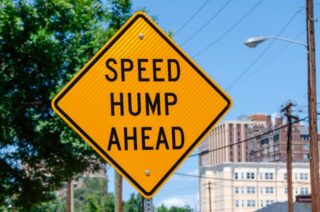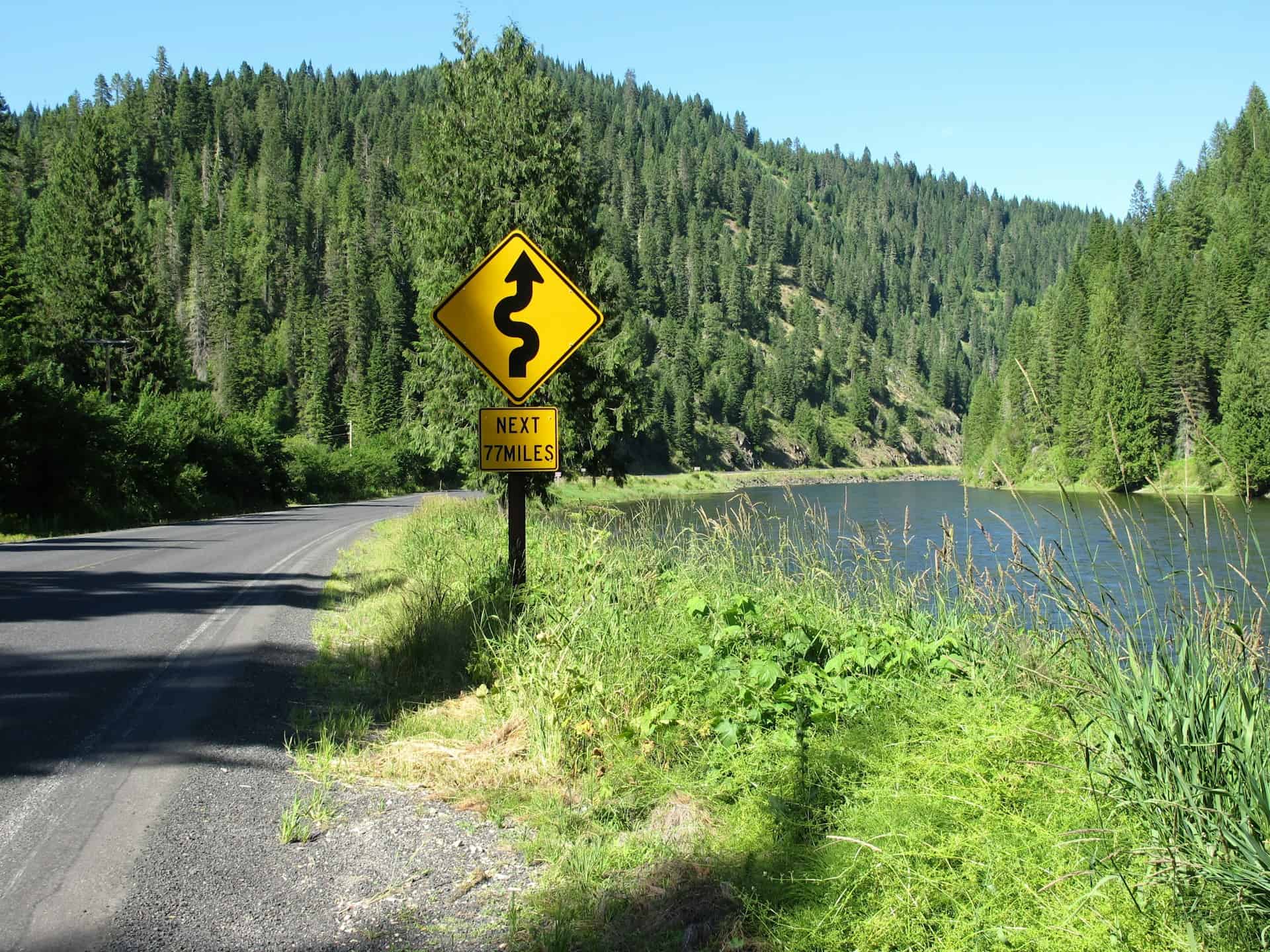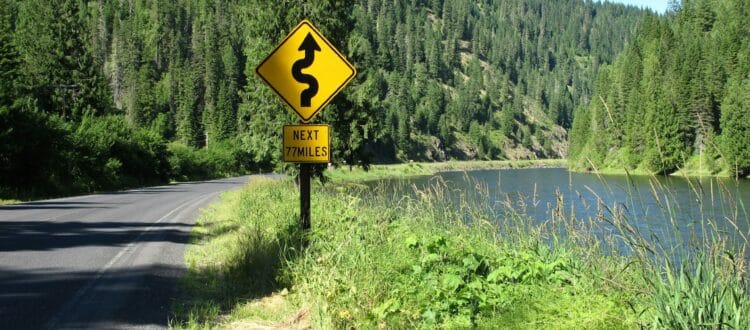Caution traffic signs ensure the safety of both motorists and pedestrians on the road. These signs are designed to alert drivers to potential hazards or conditions that require extra attention and caution.
From slippery road surfaces to sharp curves, construction zones, and pedestrian crossings, caution signs serve as visual warnings that prompt drivers to adjust their speed and behavior accordingly. By effectively communicating potential dangers on the road, caution traffic signs contribute to accident prevention and overall road safety. Understanding the significance of these signs is essential for all road users, as they serve as a vital reminder to remain vigilant and responsive while navigating through different driving environments.
The Importance of Traffic Caution Signs
 The importance of traffic caution signs cannot be overstated, as they serve as vital tools for enhancing road safety. These signs are designed to alert drivers to potential hazards and changing road conditions, allowing them to adjust their speed and driving behavior accordingly. Whether it’s a sharp curve, a slippery road, a pedestrian crossing, or a construction zone, caution signs provide crucial visual cues that help prevent accidents and keep road users safe.
The importance of traffic caution signs cannot be overstated, as they serve as vital tools for enhancing road safety. These signs are designed to alert drivers to potential hazards and changing road conditions, allowing them to adjust their speed and driving behavior accordingly. Whether it’s a sharp curve, a slippery road, a pedestrian crossing, or a construction zone, caution signs provide crucial visual cues that help prevent accidents and keep road users safe.
By effectively communicating potential dangers, caution signs contribute to reducing the risk of collisions and injuries, making the road environment more predictable and manageable for all. Also, these signs play a key role in promoting awareness and responsible driving behavior, ultimately contributing to a safer and more efficient transportation system for everyone.
What Material are Traffic Caution Signs Made of?
They are constructed from materials that ensure their durability, visibility, and longevity. The primary material used for the body of these signs is a specialized type of aluminum, which is chosen for durability, making it capable of withstanding extreme weather conditions and the test of time. To ensure that these signs are visible at night and in low-light conditions, they are sheeted with retro-reflective sheeting, which is made from tiny glass beads embedded in a flexible plastic surface, or micro prismatic sheeting. This retro-reflective technology allows light from vehicle headlights to bounce back towards the driver, enhancing the sign’s visibility.
Also, reflective vinyl is used for the lettering on these signs, further increasing their nighttime safety features. For construction signs, which often feature an orange background with black lettering or symbols, materials such as High Intensity Prismatic or Diamond grade reflective sheeting may be used to meet visibility requirements. The combination of these materials results in traffic caution signs that are not only highly visible but also resistant to weather and the wear and tear of outdoor environments.
Color, Shape, and Location
Color

The color of traffic caution signs is predominantly yellow or orange, serving as a universal signal for warnings and alerts. This highly visible color is chosen for its ability to attract attention and prompt drivers to exercise caution. The use of yellow as the primary color for caution signs ensures that they stand out from the surrounding environment, effectively communicating potential hazards and demanding immediate attention from road users.
Shape
In terms of shape, traffic caution signs are, typically, a diamond shape. This distinctive form sets them apart from other types of road signs, allowing drivers to quickly recognize them as warnings for potential hazards or changing road conditions. The diamond shape also provides a clear visual indication that specific attention is required, reinforcing the message of caution and alerting drivers to be prepared for upcoming challenges on the road.
Location

The location of traffic caution signs is strategically determined to provide maximum effectiveness in alerting drivers to potential hazards. These signs are usually placed in advance of the actual hazard or condition, giving drivers ample time to adjust their speed and driving behavior. Placing caution signs at appropriate distances from the hazard ensures that drivers have sufficient time to react and navigate the road safely. Also, the placement of these signs is standardized to ensure consistency and predictability for road users, contributing to overall road safety and traffic management.
What are the Different Traffic Caution Signs?
1. Slippery When Wet Sign: This caution sign features a graphic of a car skidding to indicate potentially slippery road conditions. It serves as a warning to drivers to adjust their speed and driving behavior to prevent accidents on wet roads.
 2. Curve Warning Signs: These signs feature a curved arrow symbol to indicate upcoming curves in the road. They come in left curve and right curve variations, alerting drivers to adjust their speed and approach the curve with caution.
2. Curve Warning Signs: These signs feature a curved arrow symbol to indicate upcoming curves in the road. They come in left curve and right curve variations, alerting drivers to adjust their speed and approach the curve with caution.
3. Pedestrian Crossing Signs: These signs warn drivers of upcoming pedestrian crossings, alerting them to the possibility of pedestrians in the vicinity. The distinctive pedestrian symbol on these signs serves as a visual reminder for drivers to be vigilant and ready to yield to pedestrians.
4. Road Work Signs: Caution signs related to road work inform drivers of potential construction zones, work crews, and changes in traffic patterns. These signs prepare drivers for reduced speed limits, lane closures, and other temporary road conditions.
5. Bump Signs: These signs indicate the presence of uneven road surfaces or speed humps, prompting drivers to slow down to navigate the area safely. The “bump” graphic on these signs serves as a visual warning for drivers to prepare for changes in the road surface.
These are just a few examples of the different kinds of traffic caution signs in the United States, each serving to alert drivers to potential hazards and changing road conditions, prompting them to exercise caution and adjust their driving behavior accordingly.
Do Traffic Caution Signs Need to be MUTCD-compliant?
Yes, they need to be MUTCD-compliant. The Manual on Uniform Traffic Control Devices (MUTCD) sets the standard for traffic control devices, including caution signs, in the United States. Adhering to MUTCD guidelines ensures uniformity and consistency in the design, application, and placement of traffic control devices, promoting safety and efficiency on the road. MUTCD-compliant caution signs are designed to be easily recognizable, provide clear and consistent messages, and maintain high visibility to effectively communicate potential hazards to drivers.
By following MUTCD standards, traffic agencies and road authorities can ensure that caution signs meet the necessary requirements for size, color, retro-reflectivity, and placement, ultimately contributing to the overall safety and effectiveness of the transportation system. Therefore, compliance with MUTCD regulations is essential to the proper functioning and effectiveness of traffic caution signs.
How Long Do Traffic Caution Signs Last?
 They are designed to withstand the rigors of outdoor exposure and varying weather conditions, contributing to their durability and longevity. Under normal circumstances, traffic caution signs can last for an average of 7 to 10 years or more, depending on factors such as the quality of materials used, the level of wear and tear, and the environmental conditions to which they are exposed.
They are designed to withstand the rigors of outdoor exposure and varying weather conditions, contributing to their durability and longevity. Under normal circumstances, traffic caution signs can last for an average of 7 to 10 years or more, depending on factors such as the quality of materials used, the level of wear and tear, and the environmental conditions to which they are exposed.
The use of materials such as aluminum for the sign body and retro-reflective sheeting for enhanced visibility contributes to their longevity. However, regular maintenance, including cleaning, inspection, and replacement of faded or damaged signs, is crucial to ensuring that they remain effective and compliant with safety standards over time.
Conclusion
Traffic caution signs play a crucial role in communicating potential hazards and changing road conditions to drivers, prompting them to exercise caution and adjust their driving behavior accordingly. The distinctive yellow color, diamond shape, and strategic placement of these signs ensure high visibility and effective communication of warnings. Whether it’s alerting drivers to slippery roads, upcoming curves, pedestrian crossings, or road work, these signs serve as essential tools for promoting road safety. Compliance with MUTCD standards and regular maintenance are vital to ensuring the longevity and effectiveness of traffic caution signs, allowing them to continue serving as key elements in the overall traffic control and management system.
Popular Posts:




